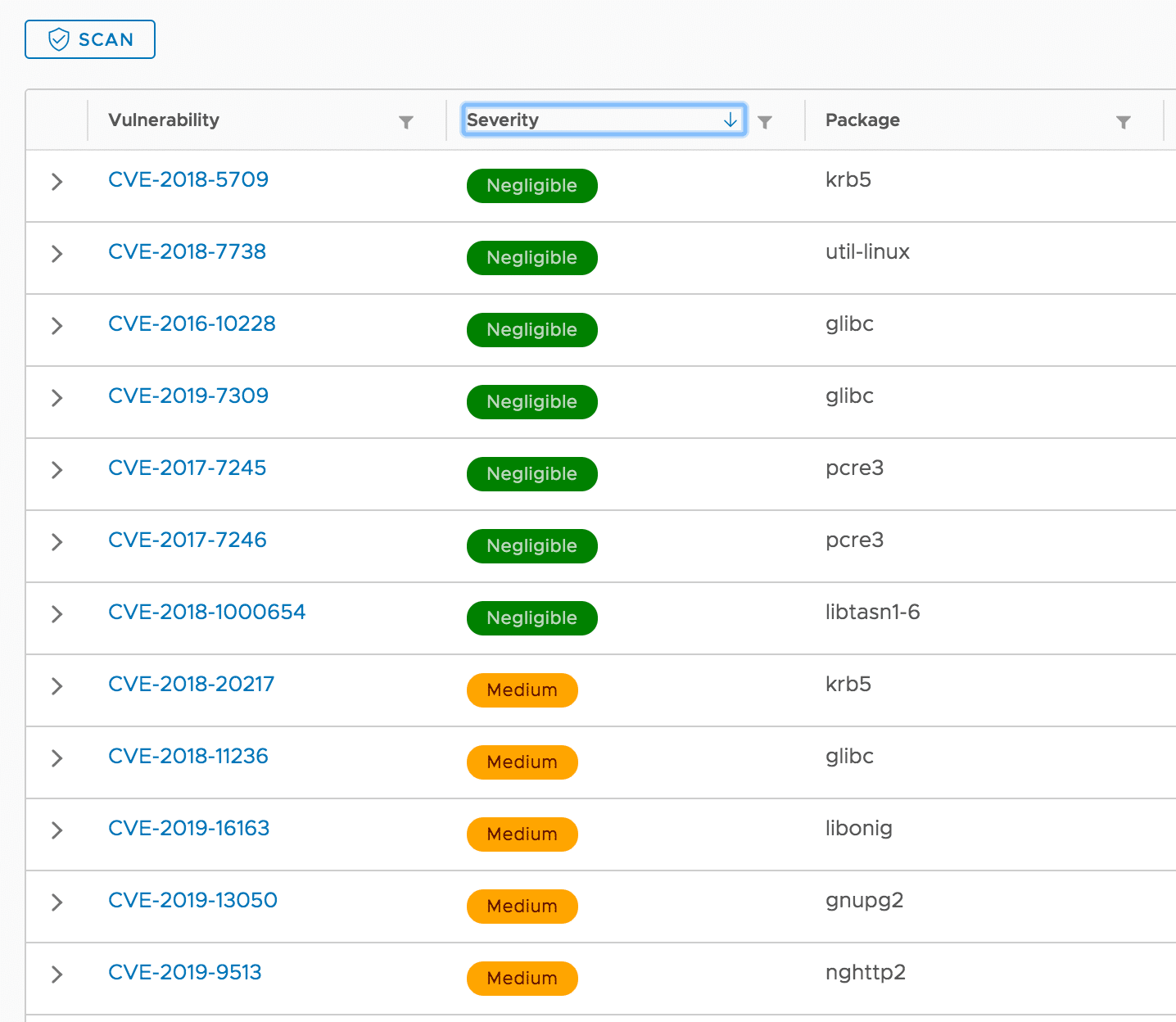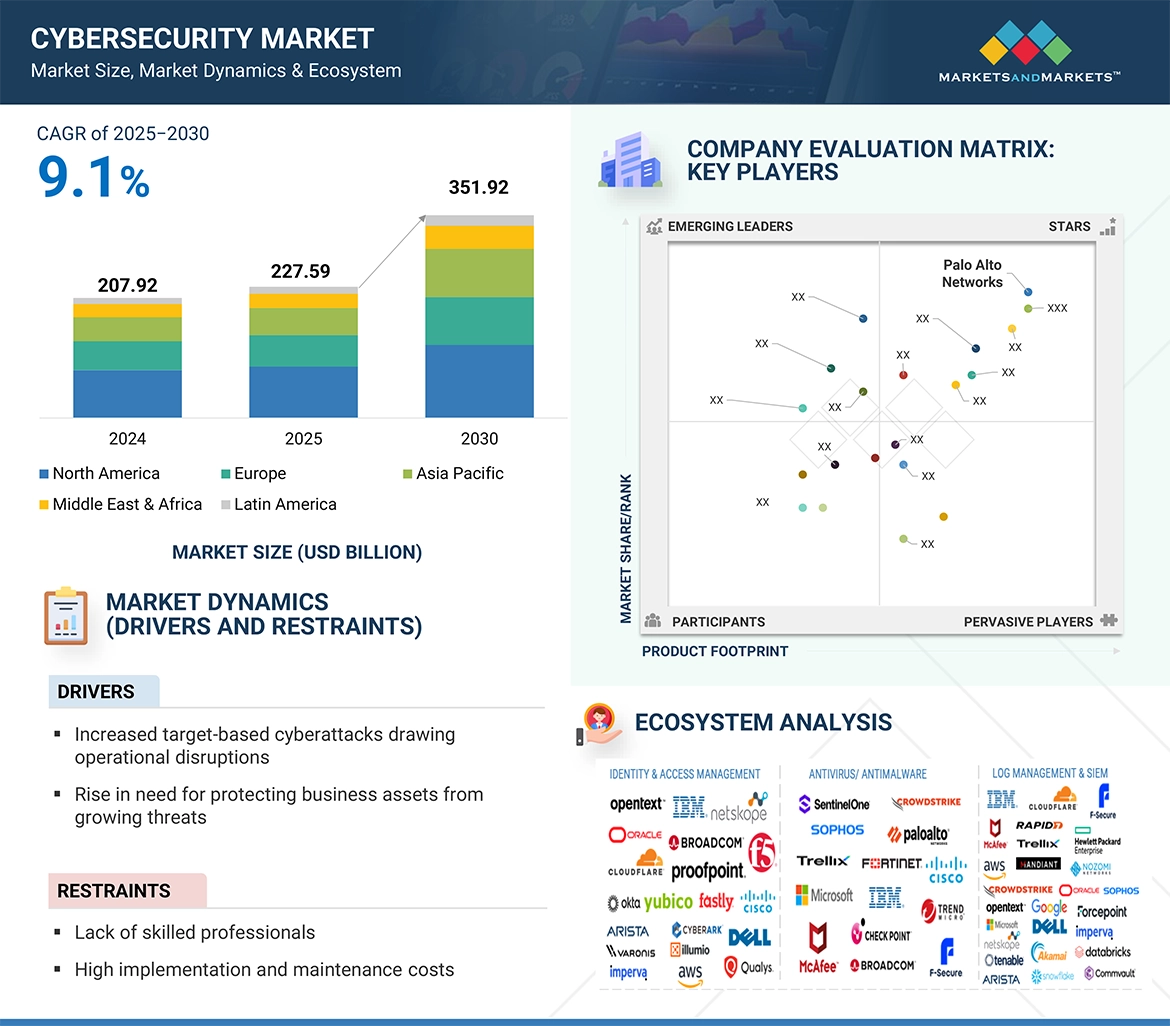
Laptops have undeniably become the cornerstone of our professional and personal lives. They serve as indispensable tools for businesses and individuals alike, connecting us to a vast digital world. However, this ubiquitous presence also positions them as prime targets for cyberattacks, representing one of the most significant security risks that businesses and employees currently confront. Understanding these risks is not just a matter of technical interest; it’s a fundamental necessity for digital safety.
Time and again, the technology world is reminded that no hardware is impervious to sophisticated threats. Just as Lenovo AIO PCs made headlines recently, Dell laptop owners now find themselves in a critical situation. We’re facing a widespread issue impacting a staggering number of Dell models—over 100 different types, affecting millions of devices—all due to a chip security vulnerability that could lead to severe consequences. This isn’t a minor glitch; Dell itself has categorized it as “critical,” a warning that demands our immediate attention and understanding.
This in-depth exploration will unpack a series of critical vulnerabilities collectively dubbed “ReVault,” which specifically target the Broadcom BCM5820X series chips embedded in Dell’s ControlVault3 firmware. These flaws pose serious risks, enabling potential attackers to steal sensitive data, execute malicious code, and even establish persistent access to compromised systems. We’ll delve into the specifics of these vulnerabilities, their mechanisms, and what makes them so dangerous, ensuring you have the knowledge to navigate this complex security landscape.
1. The ReVault Vulnerability: A Deep Dive into Dell’s Hardware Security Hub
The “ReVault” vulnerabilities represent a significant and concerning discovery by security researchers at Cisco Talos, shedding light on potential weaknesses in what was designed to be a fortress of security within Dell laptops. At its core, this collective issue targets the Broadcom BCM5820X series chips, which are integral components mainly installed in Dell’s Precision, Latitude, and Pro laptops. These chips are not just any part; they power the ControlVault3 function, a feature primarily designed to safeguard some of our most sensitive digital assets.
Dell has always positioned ControlVault as a robust, hardware-based security solution, describing it as “a secure bank that stores your passwords, biometric templates, and security codes within the firmware.” This “secure bank” is effectively a tiny, dedicated computer—a system-on-chip (SoC)—isolated from the normally modifiable parts of the device, making it an ideal vault for critical information. It operates on a separate daughterboard, known as a Unified Security Hub (USH), which connects various security peripherals like fingerprint readers, smart card readers, and NFC devices.
The alarm bells ring because this very “vault” has been found to have significant weaknesses. Cisco Talos researchers detailed a series of vulnerabilities that could allow hackers to steal sensitive data from devices using Broadcom’s ControlVault. Essentially, attackers could exploit flaws to break into the ControlVault chip itself and modify its firmware. This means the trusted security mechanism could be turned against the user, allowing for credential theft from the “bank” and the planting of malware at a level that remains hidden from operating system-level antivirus tools. The implications for data security, especially for those in sensitive industries, are profound.

2. CVE-2025-24311: Unmasking the Out-of-Bounds Read Flaw
One of the critical components of the ReVault vulnerabilities is CVE-2025-24311, identified as an out-of-bounds read vulnerability. This specific flaw, while sounding technical, has very real and dangerous consequences for the confidentiality of sensitive data. In essence, an out-of-bounds read occurs when a program attempts to read data from a memory location that is outside the designated boundaries of a buffer or array. This is akin to looking outside the allowed section of a document and potentially seeing confidential notes that were never meant to be exposed.
In the context of Dell’s ControlVault, this vulnerability means the system can leak sensitive material that is explicitly meant to be kept secure inside the ControlVault. Imagine your passwords, biometric templates, or security codes—data that the ControlVault is supposed to protect with hardware-level isolation—becoming accessible due to an error in how the firmware handles memory access. This information leakage could provide attackers with vital pieces of the puzzle needed to compromise a user’s digital identity and access other secured systems.
The danger of an information leakage vulnerability like CVE-2025-24311 cannot be overstated. When critical security components like ControlVault, designed to be the ultimate safeguard, are susceptible to revealing their contents, the entire chain of trust is broken. This flaw directly undermines the promise of hardware-level security, potentially exposing the very secrets it was built to protect. For users and organizations relying on these chips for heightened security, understanding this specific vulnerability is paramount to appreciating the overall threat posed by ReVault.

3. CVE-2025-25050: The Out-of-Bounds Write Allowing Code Execution
Complementing the out-of-bounds read flaw is CVE-2025-25050, an equally severe out-of-bounds write vulnerability. Where a read flaw allows information to be extracted, a write flaw permits data to be injected or modified in unintended memory locations. This particular bug is a partner to the information leakage issue, but its implications are arguably more destructive, as it allows an attacker to write material inside ControlVault when they should not be able to. This directly paves the way for arbitrary code execution, a hacker’s ultimate goal.
Arbitrary code execution means an attacker can run their own malicious programs or commands on the compromised chip. Instead of just stealing data, they can alter how the security chip functions, turning it into a tool for their own illicit purposes. This is an incredibly dangerous capability because the ControlVault is designed to operate below the operating system level, making any malicious code implanted within its firmware incredibly difficult, if not impossible, for traditional antivirus software to detect or remove.
The ability to execute arbitrary code within the ControlVault transforms it from a secure vault into a persistent backdoor. An attacker could leverage this vulnerability to plant malware that survives operating system reinstallations, creating a long-term, stealthy presence within the system. The consequences could be catastrophic, allowing hackers to maintain unauthorized access, monitor activities, and further exploit sensitive data over extended periods without detection. This critical flaw highlights the sophisticated nature of the ReVault threat.

4. CVE-2025-25215: Understanding the Arbitrary Memory Free Vulnerability
Another significant component of the ReVault vulnerabilities is CVE-2025-25215, categorized as an arbitrary memory free vulnerability. This type of flaw is particularly insidious because it involves the mismanagement of memory resources, which can be exploited to achieve more profound levels of system compromise. In essence, “arbitrary free” refers to a situation where a program can be tricked into deallocating a memory region that it didn’t originally allocate or that is still in use, leading to corruption or exploitable conditions.
For the Dell ControlVault3 chips, this vulnerability means attackers can erase memory in unintended ways, creating opportunities to hide malware or manipulate the system’s state for further exploitation. The ability to arbitrarily free memory can disrupt the normal operation of the secure firmware, opening pathways for attackers to inject their own code or data. This could be used to bypass security checks, alter system behavior, or simply create unstable conditions that can be leveraged for deeper compromise.
One of the most concerning aspects of CVE-2025-25215 is its potential to facilitate stealthy and persistent attacks. By manipulating memory, attackers can conceal their malicious activities within the firmware, making detection by standard security tools exceedingly challenging. The presence of malware hidden deep within the chip, beyond the reach of the operating system, represents a significant escalation in the sophistication of potential threats. This particular vulnerability underscores the need for vigilant security practices and timely updates, as such low-level compromises are incredibly difficult to remediate without official patches.

5. CVE-2025-24922: The Stack-Based Buffer Overflow Enabling Arbitrary Code Execution
Rounding out the initial set of critical flaws is CVE-2025-24922, identified as a stack-based buffer overflow vulnerability. This is a classic yet potent form of security flaw, and its presence within the ControlVault firmware is particularly alarming. A buffer overflow occurs when a program attempts to write more data into a fixed-size block of memory (a buffer) than it was allocated to hold. When this happens, the excess data overflows into adjacent memory locations, potentially corrupting legitimate data or, more dangerously, overwriting crucial control information on the program’s call stack.
In the context of the ControlVault, CVE-2025-24922 specifically allows an attacker to execute their own code inside of the secure chip. By carefully crafted input, an attacker can overwrite parts of the stack, including the return address for a function call. This enables them to redirect the program’s execution flow to arbitrary malicious code that they have injected, effectively taking full control of the firmware. The ability to achieve arbitrary code execution through such a fundamental flaw means the secure environment of the ControlVault is thoroughly compromised.
This stack-based buffer overflow creates a direct pathway for attackers to bypass the hardware-level security measures that Dell’s ControlVault is meant to provide. Once an attacker can execute their code within this isolated environment, they gain control over the sensitive data and functions managed by the chip, including biometric authentication and password storage. The severity of CVE-2025-24922 cannot be overstated, as it provides a robust mechanism for sustained and undetectable attacks that could have far-reaching implications for data integrity and system security. It’s a stark reminder that even the most robust hardware needs continuous scrutiny and diligent patching.

6. CVE-2025-24919: The Unsafe Deserialization Flaw in ControlVault’s Windows APIs
While the previous vulnerabilities detailed serious memory corruption issues, CVE-2025-24919 takes a slightly different, but equally potent, route to compromise. This particular flaw is an unsafe deserialization bug found within ControlVault’s Windows APIs. Deserialization is the process of reconstructing a data structure or object from a sequence of bytes. When this process is handled unsafely, an attacker can craft malicious serialized data that, when processed by the application, leads to arbitrary code execution or other harmful outcomes. It’s like giving someone a blueprint that looks legitimate, but secretly contains instructions to build a Trojan horse.
This vulnerability is particularly insidious because it exposes ControlVault to users even without administrative privileges, making it a “core bug” that enables the broader ReVault attack. Cisco Talos researchers specifically noted that ControlVault is “insecurely exposed to users, meaning the attack is possible remotely and without administrator-level access to the target machine using existing Windows APIs.” This means a non-administrative Windows user could potentially trigger the flaw through a specially crafted process, effectively turning an everyday user into an unwitting accomplice for a sophisticated attack.
The implications of CVE-2025-24919 are vast. It provides a direct pathway for remote exploitation, allowing attackers to leverage standard Windows APIs to interact with and ultimately compromise the ControlVault firmware. This capability means a hacker could establish a persistent presence deep within the system, altering the security chip’s behavior and potentially stealing sensitive credentials without ever needing elevated user permissions. It’s a stark reminder that even seemingly innocuous software interactions can hide critical security weaknesses, especially when they touch hardware-level security components.

7. Profound Criticality and Widespread Scope: ReVault’s Impact Across Industries
The collective “ReVault” vulnerabilities are not just a collection of isolated bugs; they represent a “critical” threat with profound and far-reaching implications, particularly for organizations that rely on Dell’s reputation for robust business-grade hardware. Dell itself has categorized these flaws as “critical,” a designation that underscores the severity of the potential impact. Further emphasizing this, all five individual vulnerabilities have received Common Vulnerability Scoring System (CVSS) scores above 8.0, firmly classifying them as “high” severity threats. This isn’t just a minor patch; it’s a fundamental challenge to trust in hardware-based security.
The scope of this issue is truly staggering, impacting over 100 different models of Dell laptops, encompassing millions of devices globally. These aren’t just consumer-grade machines; the affected models primarily belong to Dell’s business-focused Latitude and Precision series. These lines are specifically “widely deployed in sensitive environments,” including “cybersecurity companies, government facilities, and rugged deployments where enhanced security features like smartcard and NFC authentication are essential.” The very industries that require the highest levels of security are precisely those most affected by this hardware-level compromise.
The fact that these vulnerabilities target a chip designed to be a “secure bank” for passwords, biometric templates, and security codes—often within devices used by professionals in government agencies, technologists, and cybersecurity experts—makes the situation profoundly alarming. For enterprises handling sensitive information, a flaw in the ControlVault that enables data theft and remote code execution can lead to catastrophic consequences. The promise of hardware-level isolation, a cornerstone of advanced security strategies, is undermined, creating a pathway for long-term, undetected compromise that could have severe national security and corporate espionage implications.

8. Unpacking Remote Attack Scenarios: Persistent Implants from Non-Administrative Users
One of the most chilling aspects of the ReVault vulnerabilities is the ease with which they can be exploited remotely, even by non-administrative users, to achieve persistent and stealthy system compromise. Security researchers at Cisco Talos demonstrated that a standard user account on a Windows machine could initiate a chain of events that leads to arbitrary code execution within the ControlVault firmware. This isn’t about exploiting a weak password or a misconfigured application; it’s about leveraging fundamental flaws in the hardware’s own security layers through existing Windows APIs.
This means that an attacker doesn’t need to gain full control of the operating system first. Instead, by triggering the vulnerabilities, they can plant malicious code directly into the ControlVault chip. The outcome is what security experts refer to as a “firmware implant.” The Talos team explained, “This creates the risk of a so-called implant that could stay unnoticed in a laptop’s ControlVault firmware and eventually be used as a pivot back onto the system in the case of a threat actor’s post-compromise strategy.” Imagine a piece of malware residing so deep within your laptop’s hardware that it effectively becomes part of the machine’s core identity, silently observing or manipulating operations.
The persistence of such an implant is a game-changer for attackers. Because the malicious code is embedded below the operating system level, it survives even a complete reinstallation of Windows. This makes traditional antivirus solutions and even full system wipes utterly ineffective at detection or removal. An attacker could maintain unauthorized access indefinitely, monitor activities, and extract sensitive data over extended periods without leaving a trace that operating system-level tools could pick up. This capability transforms a regular laptop into a long-term, undetectable spying device, showcasing the true sophistication and danger of the ReVault threat.

9. A Vivid Exploration of Physical Attack Scenarios: Biometric Bypass and Security Breakdown
Beyond the alarming remote exploitation capabilities, the ReVault vulnerabilities also enable devastating physical attacks, completely dismantling traditional security controls with surprising ease. Researchers demonstrated that an attacker with brief physical access to a compromised Dell laptop could bypass not only the Windows login process but also full-disk encryption passwords and even biometric authentication mechanisms. This is not about brute-forcing passwords; it’s about fundamentally undermining the hardware that secures those credentials.
The physical attack scenario involves opening the laptop’s chassis and directly accessing the Unified Security Hub (USH) daughter board, which hosts the ControlVault chip, via a custom USB connector. With this direct access, an attacker can interact with the firmware, effectively going straight to the source of the security controls. This method circumvents the need for any software-level authentication, making standard login credentials irrelevant. The implications for devices that might be stolen or temporarily unattended are particularly severe, as sensitive data becomes exposed with minimal effort.
Perhaps the most startling demonstration of this physical compromise involved the biometric bypass. Researchers showed how tampered ControlVault firmware could be configured to accept *any* fingerprint for authentication, rendering biometric security useless. A video released by Cisco Talos chillingly illustrated this by showing a spring onion successfully unlocking a compromised Dell laptop. This vivid example highlights the complete breakdown of what many users consider a robust and convenient security feature. When a vegetable can unlock your device, it’s clear that the foundational security controls are utterly compromised, underscoring the critical need for immediate remediation.

10. Dell’s Prompt Response and Essential Steps for Remediation
In the face of these formidable vulnerabilities, Dell has responded swiftly and transparently, working diligently with its firmware provider, Broadcom, to mitigate the risks. According to official statements, Dell began releasing firmware updates as early as March 2025, with further patches distributed through April and May. This proactive approach underscores their commitment to addressing critical security concerns head-on. Dell officially notified customers of the “critical” security issues on June 13, 2025, publishing Dell Security Advisory DSA-2025-053, which contains comprehensive details on affected models and remediation procedures.
Crucially, Dell has emphasized that, as of the latest information, there is “no evidence of active exploitation” of these vulnerabilities in the wild. While this offers some relief, it does not diminish the urgency for users to apply the necessary fixes. The affected versions include Dell ControlVault3 prior to 5.15.10.14 and Dell ControlVault3+ prior to 6.2.26.36. Organizations and individual users are strongly urged to apply the firmware updates immediately. These patches are available through Dell’s support website and can also be deployed via Windows Update, though Dell cautions that automated deployment might not reach all enterprise environments with restricted update policies.
Beyond applying the essential firmware updates, there are several steps users can take to enhance their overall security posture. Keeping all software, especially security patches, up to date is paramount, as many vulnerabilities target known flaws. Implementing robust antivirus software is also a fundamental defense. For devices particularly susceptible or operating in high-risk environments, consider disabling unused features such as fingerprint readers, smart cards, and NFC. Enabling chassis intrusion detection in BIOS (if supported) and utilizing Windows Enhanced Sign-in Security (ESS) can also help detect unauthorized changes. Staying vigilant for unusual service crashes or unexpected DLL activity, such as `bcmbipdll.dll` loading, could serve as early warning signs of potential compromise, highlighting the ongoing need for a multi-layered approach to digital safety.
The ReVault vulnerabilities serve as a stark reminder that even the most advanced, hardware-level security solutions are not impervious to sophisticated attacks. They underscore the necessity of a continuous, proactive approach to cybersecurity, extending beyond operating system updates to the very firmware that underpins our devices. As technology continues its relentless march forward, so too does the ingenuity of those who seek to exploit its weaknesses. Staying informed, vigilant, and prompt in applying critical security updates is not merely a recommendation; it’s an indispensable pillar of digital survival in an increasingly complex threat landscape. We must all commit to safeguarding our digital lives, one patch and one informed decision at a time.




